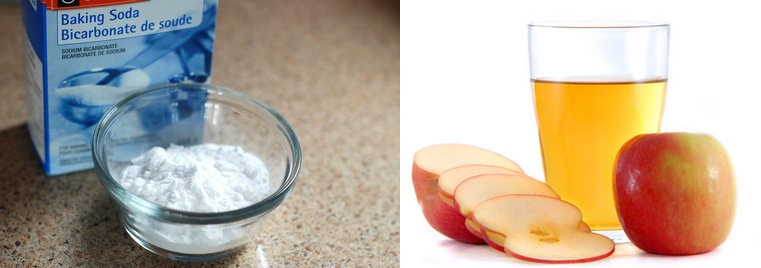Maximizing a Healthy Environment During Psychiatric Drug Withdrawal
During psychiatric drug withdrawal, many people have discovered that they become much more highly sensitized and physically reactive to environmental toxins, including those in household cleaning, skin, hair, dental, cosmetic, and other types of common chemical products. It is unclear why this is the case, and it is not the case for everyone, but it is so frequently reported that it seems likely there are underlying biological reasons involving some kind of body or central nervous system destabilization and hyper-sensitization during the withdrawal process.

For many of us who have never had to deal with these types of environmental sensitivities before, there is a learning curve while we try to sort out, through processes of testing and elimination, what it is that’s affecting us and how to deal with the situation. And it’s certainly not always obvious – For example, an Environmental Working Group report describes how tested fragrance products “contained 14 secret chemicals not listed on the label.” Among them were many chemicals associated with hormone disruption and allergic reactions, or that were essentially untested for safety. Similarly, it has been widely studied and reported that toxic chemicals are used in all kinds of common commercial products such as furniture, carpets, building materials, clothing, cosmetics, antiperspirants, shampoos, toothpaste, menstrual pads and tampons, plastics and food packaging, and more. And of course there have been many studies on harms caused by the pollutants in our soil, air and water as well.

Consequently, a lot of us in the lay withdrawal community have found that the detoxification journey we’re on becomes about far more than just removing psychopharmaceutical chemicals from our bodies – It becomes important and indeed sometimes absolutely necessary to remove many other chemicals from our lives as well. It’s virtually impossible to be free of all of it, but if this is new territory for you like it was for many of us, then here are some tips for beginning to learn more about how to optimize your surroundings for the withdrawal journey:
- Read the Environmental Working Group’s various ‘Consumer Guides’ that help assess the typical levels of toxicity in everything from meat and fish to sunscreen and kitchen cleaners.
- Try to spend as much time as possible in nature away from pollution sources, outdoors, and with windows open.
- Whenever possible and feasible, consider purchasing all-natural and organic products – especially for anything you consume, wear, wash with or sleep on.
- Research ‘do-it-yourself’ solutions. The internet hosts countless non-toxic recipes for household cleaners, scents, toothpaste, shampoo, deodorant and more that use all natural and often inexpensive ingredients.



